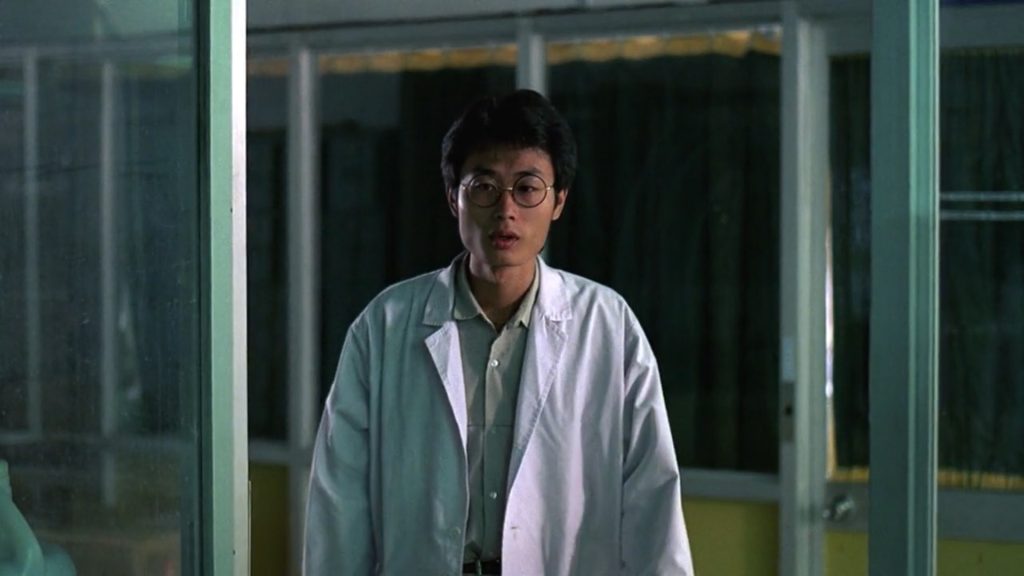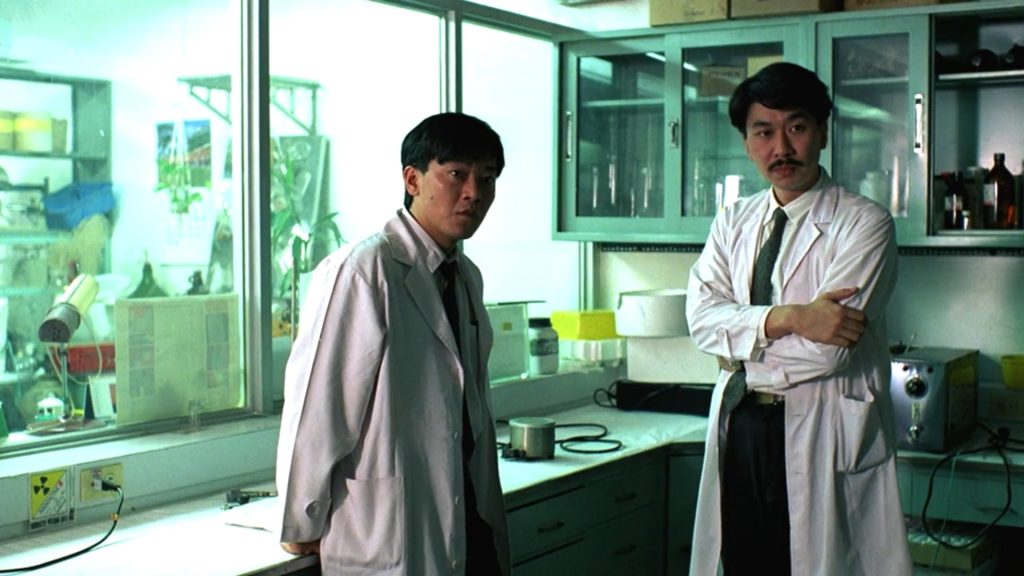
Confusing films
Watching narrative films can be one of the most engrossing aesthetic experiences possible. It can also be completely alienating – there are few things more boring than a boring film! But some films can be both engrossing and alienating at the same time. We can be gripped by a film and profoundly confused by it, both lost in it (absorbed) and lost by it (disorientated). In Film Studies, reactions to this kind of confusion have tended to take one of two forms. Scholars usually either focus on the viewer’s cognitive activity (seeing certain kinds of confusing films, for example, as “Puzzle Films”), or take a more phenomenological approach that attends primarily to the experience of confusion itself, exploring what happens when one gives oneself up to disorientation rather than trying to “solve” the puzzles that generate it.
My book The Cinema of Disorientation: Inviting Confusions takes something of a middle way. Combining more theoretically-focussed chapters with detailed readings of four gloriously disorientating films – David Lynch’s INLAND EMPIRE (2006), Leos Carax’s Holy Motors (2012), Pedro Costa’s Colossal Youth (2006) and Jean-Luc Godard’s Goodbye to Language (2014) – it recommends not approaching the interpretation of films with a settled methodology but instead using the ways a film disorientates us as suggestions for the ways we should respond to it. Sometimes looking for a “solution” is helpful; sometimes to do so would be to try and turn a film into something it isn’t. Confusion and disorientation aren’t all-or-nothing affairs, and attending to the specific kinds of confusion we find ourselves in can be crucial to properly understanding a film’s achievements.
Edward Yang’s Terrorizers
The 1986 film Terrorizers (kong bu fen zi) by the Taiwanese director Edward Yang (1947-2007) – currently available to stream on Amazon Prime and on Kanopy – is not discussed in The Cinema of Disorientation, but nicely illustrates some of the concerns at the heart of my book. (Yang certainly had an interest in confusion and disorientation; a film of his from 1994 is even entitled A Confucian Confusion!) Terrorizers, whose plot is extremely complicated, can be understood as an exploration of the disorientating consequences of encountering the arbitrary and contingent.
A depressed and unproductive novelist, Zhou Yufen (Cora Miao), is unhappy with her husband, Li Lizhong (Lee Li-chung). Meanwhile, a rich young photographer becomes obsessed with a young Eurasian woman who gets locked indoors by her mother, during which time she amuses herself with prank phone calls. One of these suggests to Zhou Yufen that her husband is unfaithful, both prompting her to leave him and removing her writer’s block. The prizewinning novel she ends up writing seems to be based on her own life – it also contains an anonymous phone call that reveals a husband’s infidelity – but she denies the connection.
At the end of her novel, the husband kills his wife, her lover, then himself. Terrorizers concludes with a disorientating double ending, which first shows Li Lizhong killing Zhou Yufen’s lover – but not Zhou Yufen herself – only to follow this with a different, incompatible ending in which he kills himself instead.
Confusion, contingency, arbitrariness
Yang’s film subtly introduces misleading connections that can in retrospect be seen as foreshadowing this double ending and the way it makes the viewer revise their reactions. Early in the film there is a shot of a crying woman. The next shot – which shows a man entering and imparting bad news – appears, by the logic of shot/reverse-shot, to show her receiving this information. Perhaps she has heard rumours, we might think, hence the fact that she is already in tears. In fact, as the next shot makes clear, the man is in an entirely different space to the woman, telling a different set of colleagues that their boss has died.

Fig. 1 A woman cries… 
Fig. 2 … her colleague brings sad news… 
Fig. 3 … to a different set of colleagues.
At one point in the film, Zhou Yufen tells Li Lizhong that he shouldn’t confuse novels with reality. In the double ending, if Li Lizhong had killed Zhou Yufen, only for the killing to be revealed as – say – merely a dream, we might well feel that we had already been warned by the film that life doesn’t imitate art. Yet, in the second ending Li Lizhong does kill himself, and so that part of the novel’s plot is fulfilled. Would he have killed himself without reading the novel? The film’s narrative and figurative strategies raise the question of whether what is contingent for a fictional character must necessarily be experienced, by the viewer, as arbitrary.
Disorientation thereby amplifies the film’s themes rather than dissipating its energies. The conclusion I reach at the end of The Cinema of Disorientation applies equally well to Yang’s film as to the films discussed in the book: that in these, as in many other instances, confusion and disorientation are crucial to both how and what films mean.
About the author

Dominic Lash has taught film at the Universities of Bristol and Reading and at King’s College London. His latest book, The Cinema of Disorientation, is available to order now from Edinburgh University Press. He is currently writing a book on Robert Pippin’s film-philosophy for Bloomsbury’s Film Thinks series.








